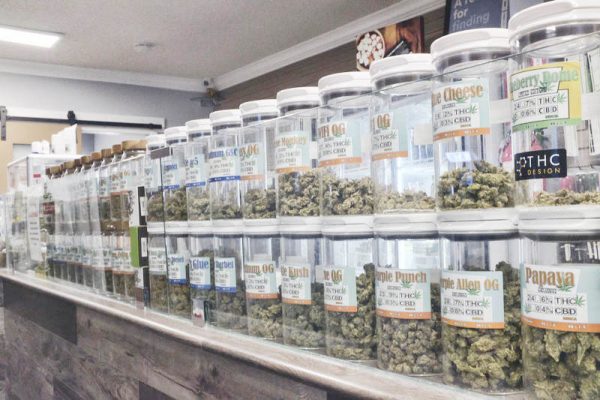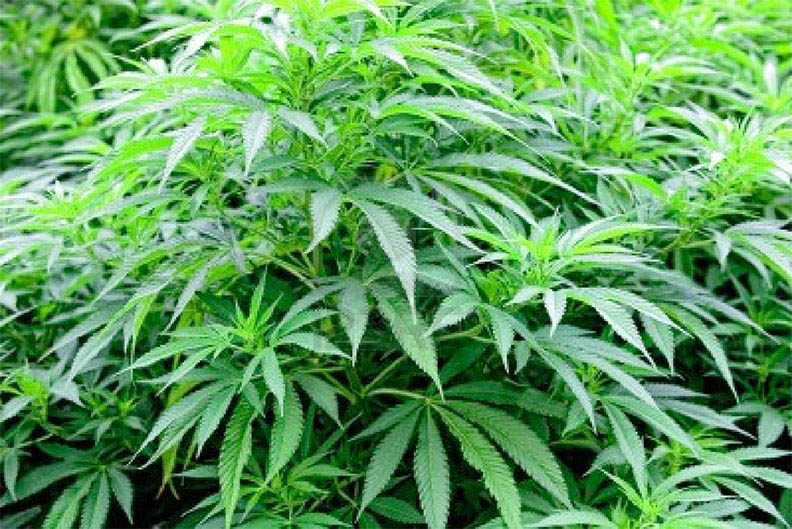The term medical marijuana refers to using the whole, unprocessed marijuana plant or its basic extracts to treat symptoms of illness and other conditions. The U.S. Food and Drug Administration (FDA) has not recognised or approved the marijuana plant as medicine.
However, scientific study of the chemicals in marijuana, called cannabinoids, has led to two FDA-approved medications that contain cannabinoid chemicals in pill form. Continued research may lead to more medications.
Because the marijuana plant contains chemicals that may help treat a range of illnesses and symptoms, many people argue that it should be legal for medical purposes. In fact, a growing number of states have legalised marijuana for medical use.
Why isn’t the marijuana plant an FDA-approved medicine?
The FDA requires carefully conducted studies (clinical trials) in hundreds to thousands of human subjects to determine the benefits and risks of a possible medication. So far, researchers haven’t conducted enough large-scale clinical trials that show that the benefits of the marijuana plant (as opposed to its cannabinoid ingredients) outweigh its risks in patients it’s meant to treat.

Can medical marijuana legalisation decrease prescription opioid problems?
Some studies have suggested that medical marijuana legalisation might be associated with decreased prescription opioid use and overdose deaths, but researchers don’t have enough evidence yet to confirm this finding. For example, one study found that Medicare Part D prescriptions filled for all opioids decreased in states with medical marijuana laws. Another study examined Medicaid prescription data and found that medical marijuana laws and adult-use marijuana laws were associated with lower opioid prescribing rates (5.88 percent and 6.88 percent lower, respectively).
Additionally, one National Institution on Drug Abuse (NIDA)-funded study suggested a link between medical marijuana legalisation and fewer overdose deaths from prescription opioids. These studies, however, are population-based and can’t show that medical marijuana legalisation caused the decrease in deaths or that pain patients changed their drug-taking behavior. A more detailed NIDA-funded analysis showed that legally protected medical marijuana dispensaries, not just medical marijuana laws, were also associated with a decrease in the following:
● opioid prescribing
● self-reports of opioid misuse
● treatment admissions for opioid addiction
Additionally, some data suggests that medical marijuana treatment may reduce the opioid dose prescribed for pain patients while another recent National Institutes of Health (NIH)-funded study suggests that cannabis use appears to increase the risk of developing and opioid use disorder. NIDA is funding additional studies to determine the link between medical marijuana use and the use or misuse of opioids for specific types of pain, and also its possible role for treatment of opioid use disorder.
What are cannabinoids?
Cannabinoids are chemicals related to delta-9-tetrahydrocannabinol (THC), marijuana’s main mind-altering ingredient that makes people “high.” The marijuana plant contains more than 100 cannabinoids. Scientists as well as illegal manufacturers have produced many cannabinoids in the lab. Some of these cannabinoids are extremely powerful and have led to serious health effects when misused.
The body also produces its own cannabinoid chemicals. They play a role in regulating pleasure, memory, thinking, concentration, body movement, awareness of time, appetite, pain, and the senses (taste, touch, smell, hearing, and sight).
Are people with health and age-related problems more vulnerable to marijuana’s risks?
State-approved medicinal use of marijuana is a fairly new practice. For that reason, marijuana’s effects on people who are weakened because of age or illness are still relatively unknown. Older people and those suffering from diseases such as cancer or AIDS could be more vulnerable to the drug’s harmful effects, but more research is needed.
How might cannabinoids be useful as medicine?
Currently, the two main cannabinoids from the marijuana plant that are of medical interest are THC and CBD.
THC can increase appetite and reduce nausea. THC may also decrease pain, inflammation (swelling and redness), and muscle control problems. Unlike THC, CBD is a cannabinoid that doesn’t make people “high.” These drugs aren’t popular for recreational use because they aren’t intoxicating. It may be useful in reducing pain and inflammation, controlling epileptic seizures, and possibly even treating mental illness and addictions. Many researchers, including those funded by the NIH, are continuing to explore the possible uses of THC, CBD, and other cannabinoids for medical treatment.
For instance, recent animal studies have shown that marijuana extracts may help kill certain cancer cells and reduce the size of others. Evidence from one cell culture study with rodents suggests that purified extracts from whole-plant marijuana can slow the growth of cancer cells from one of the most serious types of brain tumors. Research in mice showed that treatment with purified extracts of THC and CBD, when used with radiation, increased the cancer-killing effects of the radiation.
Scientists are also conducting preclinical and clinical trials with marijuana and its extracts to treat symptoms of illness and other conditions, such as diseases that affect the immune system, including HIV/AIDS, multiple sclerosis (MS), which causes gradual loss of muscle control, inflammation, pain, seizures, substance use disorders and mental disorders
Using Medical Marijuana During and After Pregnancy
Some women report using marijuana to treat severe nausea they have during pregnancy. But there’s no research that shows that this practice is safe, and doctors generally don’t recommend it.
Pregnant women shouldn’t use medical marijuana without first checking with their health care provider. Animal studies have shown that moderate amounts of THC given to pregnant or nursing women could have long-lasting effects on the child, including abnormal patterns of social interactions and learning issues.
What medications contain cannabinoids?
Two FDA-approved drugs, dronabinol and nabilone, contain THC. They treat nausea caused by chemotherapy and increase appetite in patients with extreme weight loss caused by AIDS. Continued research might lead to more medications.
The FDA approved a CBD-based liquid medication called Epidiolex® for the treatment of two forms of severe childhood epilepsy, Dravet syndrome and Lennox-Gastaut syndrome
The United Kingdom, Canada, and several European countries have approved nabiximols (Sativex®), a mouth spray containing THC and CBD. It treats muscle control problems caused by MS, but it isn’t FDA-approved.
Points to Remember
● The term medical marijuana refers to treating symptoms of illness and other
conditions with the whole, unprocessed marijuana plant or its basic extracts.
● The FDA has not recognised or approved the marijuana plant as medicine.
However, scientific study of the chemicals in marijuana called cannabinoids has led to two FDA-approved medications in pill form, dronabinol and nabilone, used to treat nausea and boost appetite.
Cannabinoids are chemicals related to delta-9-tetrahydrocannabinol (THC), marijuana’s main mind-altering ingredient.
Currently, the two main cannabinoids from the marijuana plant that are of interest for medical treatment are THC and cannabidiol (CBD).The body also produces its own cannabinoid chemicals.
Scientists are conducting preclinical and clinical trials with marijuana and its extracts to treat symptoms of illness and other conditions.
Published by the National Institute on Drug Abuse, a United States federal-government research institute.






